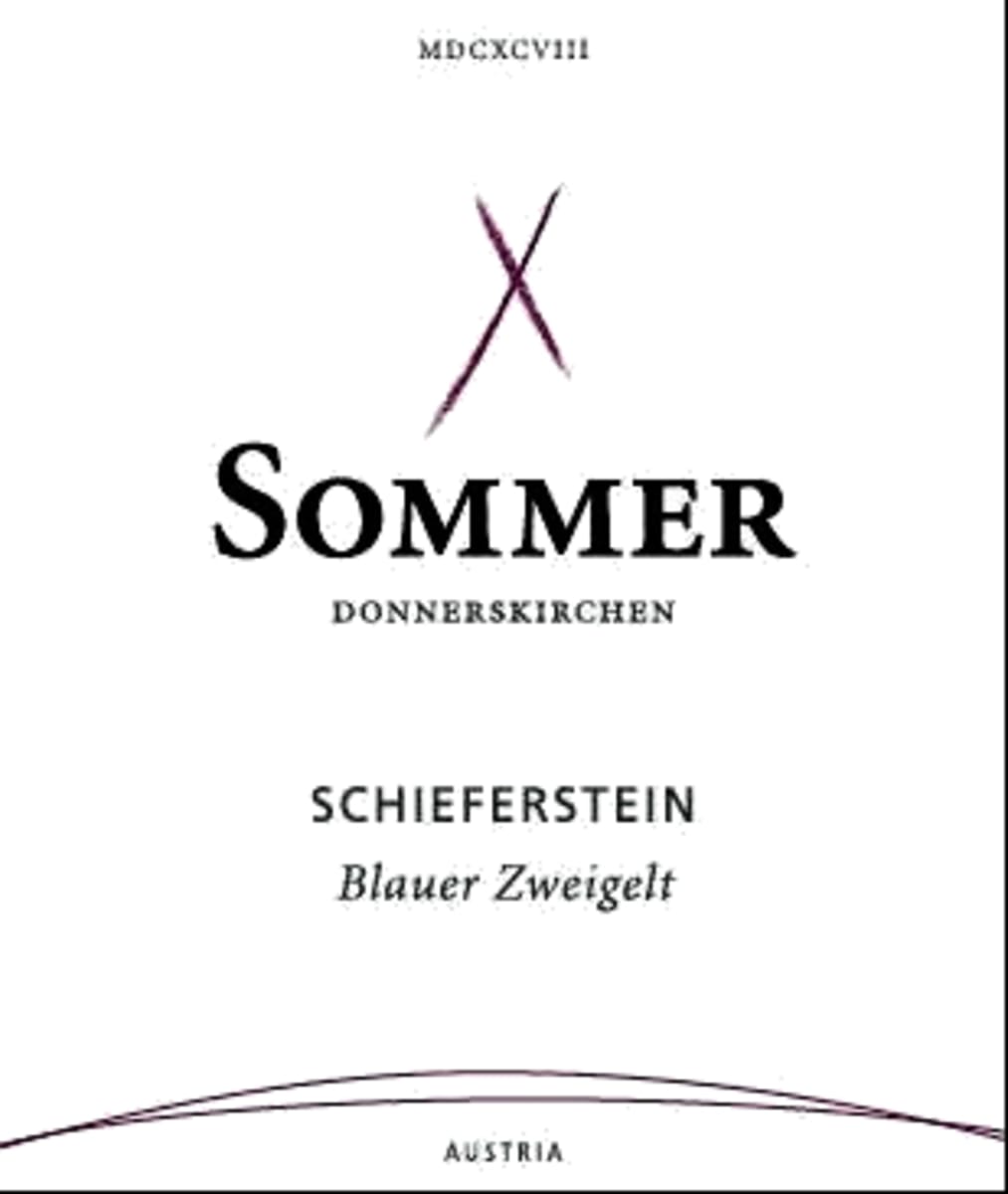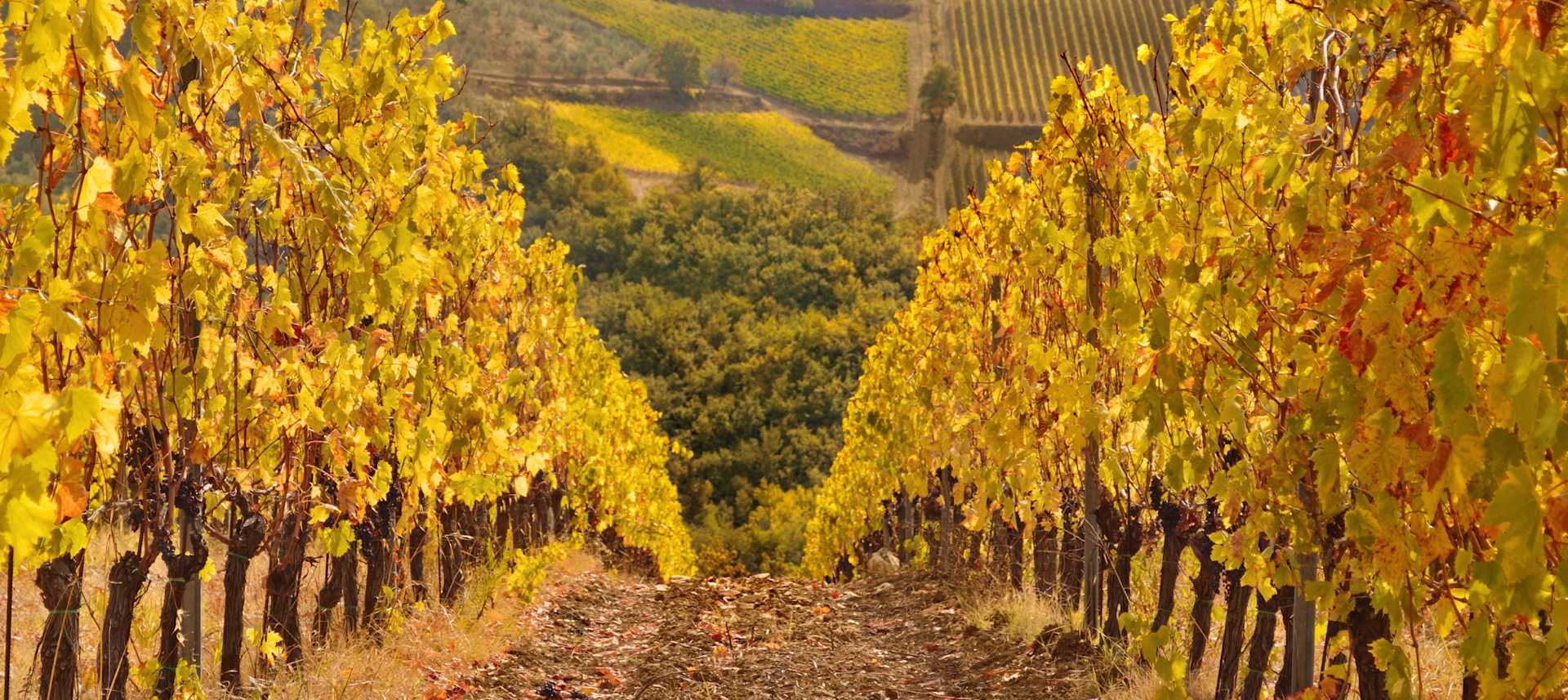Weingut Sommer, Donnerskirchen Schieferstein Zweigelt 2008


Product Details
Your Rating
Somm Note
Winemaker Notes

Austria’s most popular red variety, the Zweigelt grape can make a charmingly fruity, snappy and spicy wine ideal for summer sipping. Be on the lookout for the one-liter bottles—perfect for the barbecue! It is also capable of more serious, concentrated, age-worthy version that can withstand a short number of years of age. Somm Secret— While native to Austria, Zweigelt is actually a fairly recent cross bred by Dr. Zweigelt in 1922. He crossed two native varieties, Blaufränkisch, for its peppery bite, with St. Laurent, chosen for its elegance.

Fog and humidity arise from the Neusiedlersee (lake), and extend over the wet flatlands region of the same name, all the way to Austria’s border with Hungary. This moisture, coupled with the daily sunshine that reflects from its wet surfaces, serves as the perfect environment for the development of the desirable fungus called, Botrytis cinerea.
This fungus causes the grapes to essentially “rot” and dry, concentrating their sugars for harvest. It also helps the grapes develop intricate phenolic complexities leading to some of the most sought-after and unique sweet wines in the world. Austrian law categorizes these botrytized, sweet wines according to the must weight (sugar concentration) at harvest in the same way as the Germans. So the wines will be labeled, Auslese, Beerenauslese, Trockenbeerenauslese and Eiswein.
While the region’s reputation has historically ridden on the success of its sweet, botrytized wines, in 2011, Austria granted the official appellation of origin, Neusiedlersee, to its high quality Zweigelt red wines. As a result, any of its prestigious sweet wines will be actually be labeled after the general region of Burgenland.
Neusiedlersee’s slopes of mica, schist, limestone and variations in gravel, sand and clay make it ideal for its indigenous red varieties, Blaufränkisch, St. Laurent and Zwiegelt, as well as the international varieties of Pinot Noir (Blauburgunder), Merlot, Cabernet and even Syrah.
Though not widely planted here, some white wines, such as Pinot Blanc (Weissburgunder), have distinguished themselves locally.
